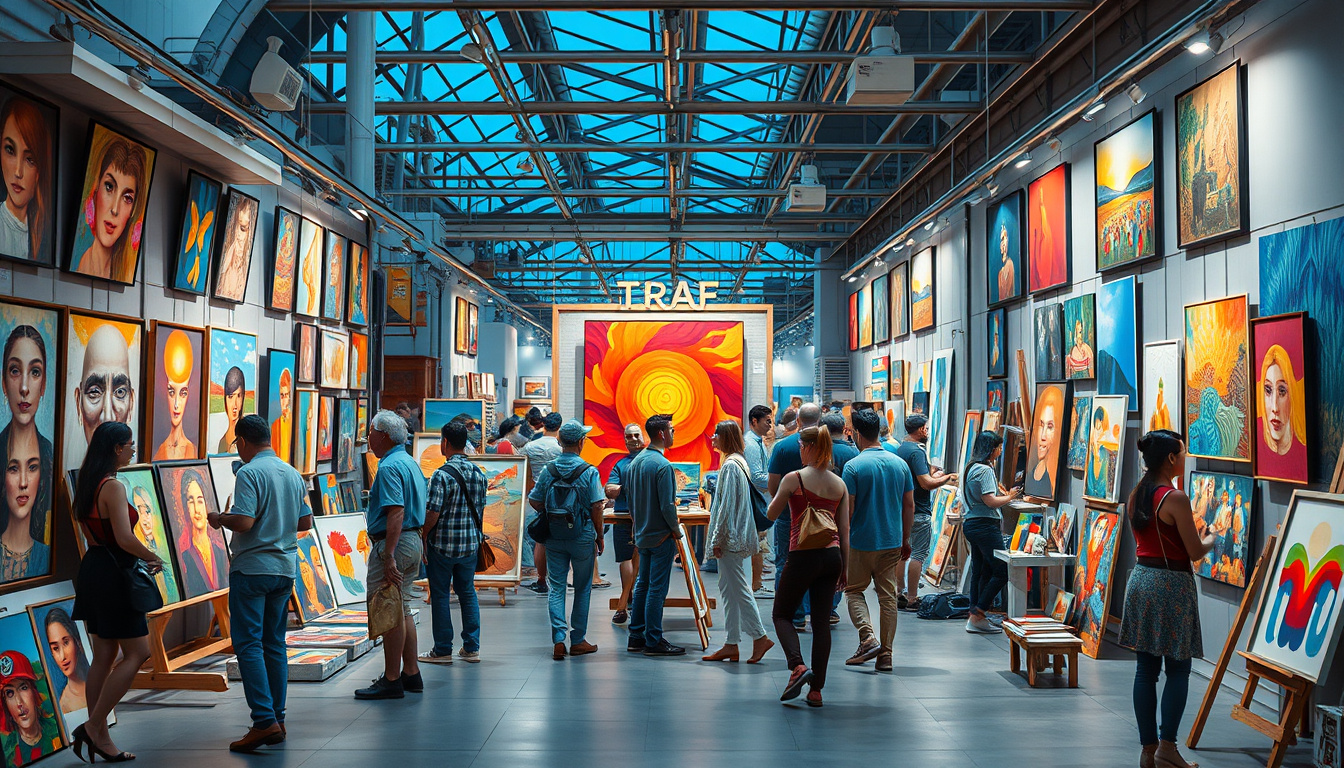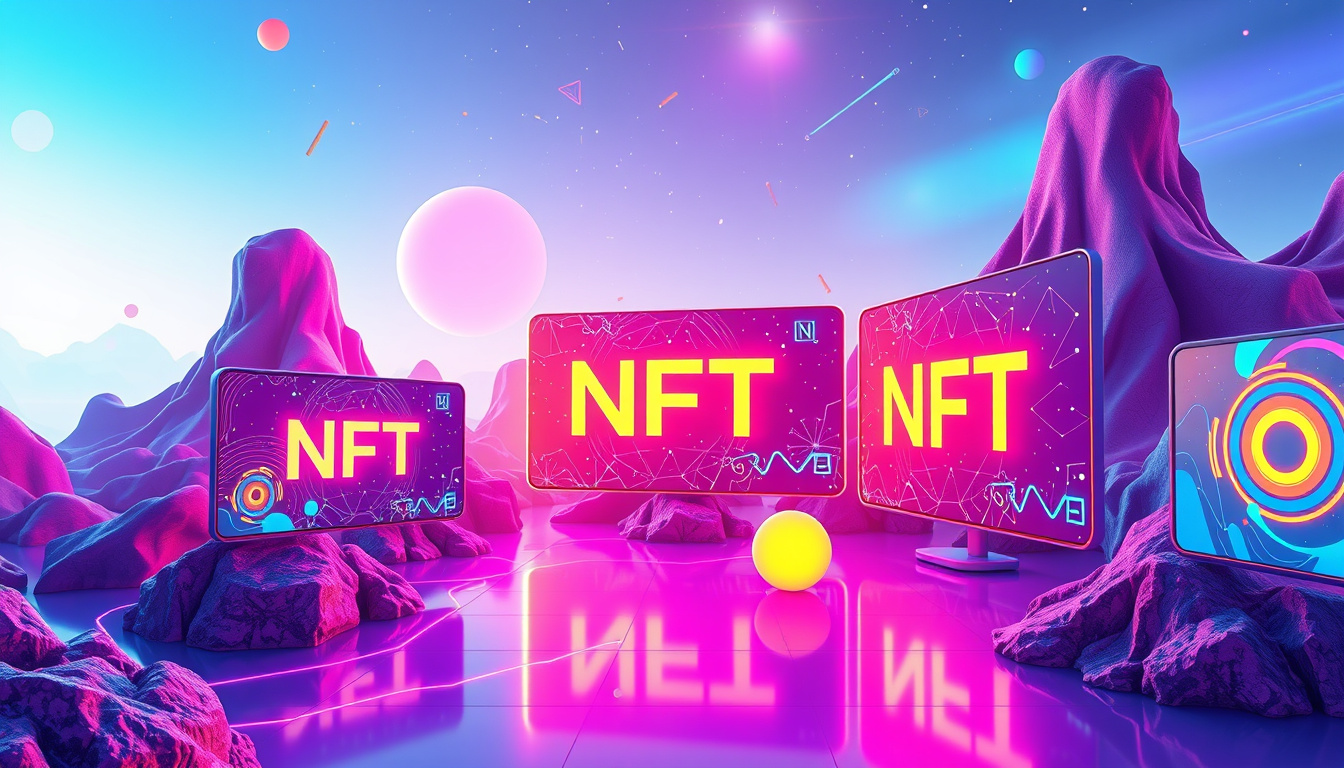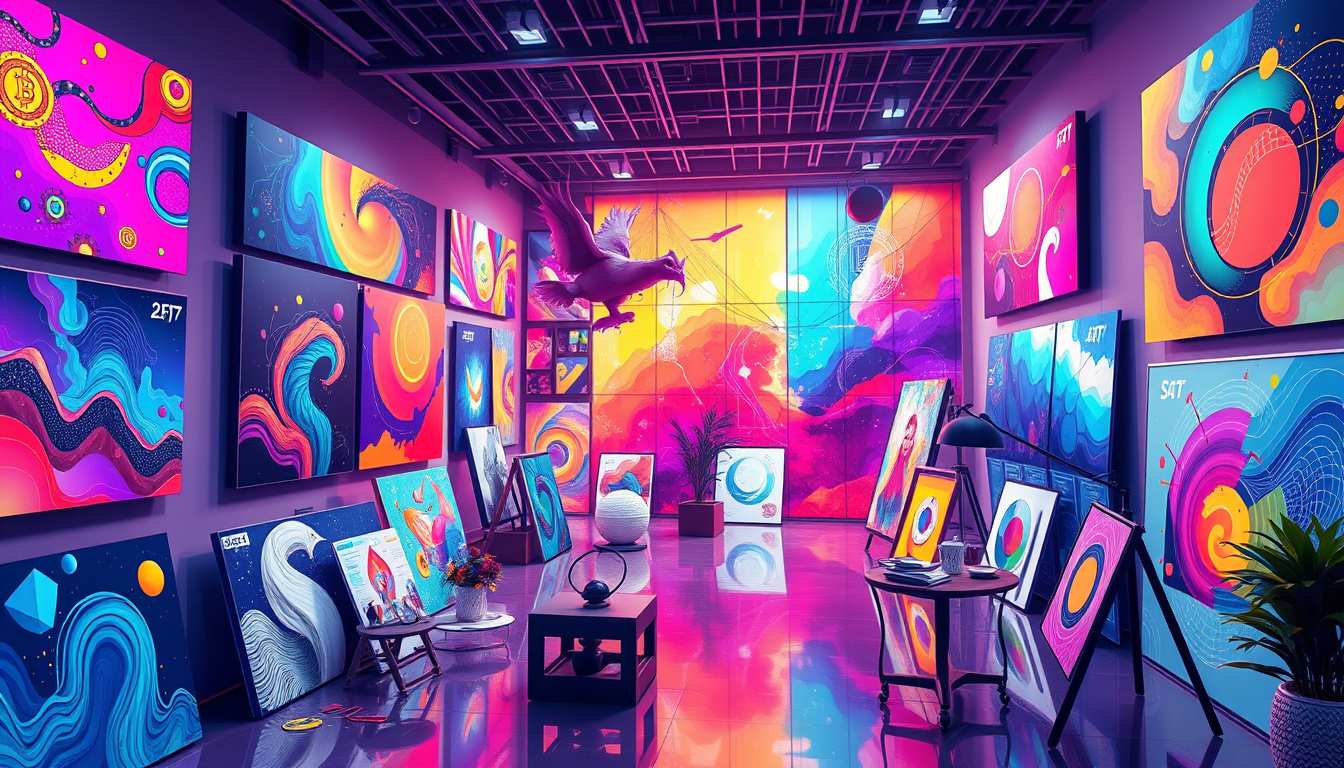In recent years, the art world has witnessed a transformative shift with the rise of digital art and NFTs. This phenomenon has not only redefined how artists create and share their work but has also revolutionized the way collectors and investors approach art buying. As the digital landscape continues to evolve, understanding this dynamic intersection between technology and creativity is crucial for artists, collectors, and enthusiasts alike. In this article, we will explore the emergence of digital art, the groundbreaking role of non-fungible tokens (NFTs), their impact on the art market, the challenges they face, and what the future holds for this innovative artistic movement.
, digital art has gained immense popularity, allowing creators to authenticate their work and sellers to trade digital assets in a secure manner. This dynamic landscape not only democratizes access to art but also challenges our understanding of originality and value in the digital age.</p>
<h3>The Emergence of NFTs</h3>
<p>The emergence of NFTs, or non-fungible tokens, has revolutionized the art world and sparked new conversations about ownership and authenticity in the digital age. With the rise of digital art and NFTs, artists can now tokenize their creations, allowing for an unprecedented level of engagement with their audience and collectors. Unlike traditional art forms, where physical pieces can be easily replicated, NFTs provide a unique certificate of ownership that is securely recorded on the blockchain. This technological advancement not only offers artists a new revenue stream but also democratizes the art market, giving emerging talents the opportunity to showcase their work on a global platform. As auctions for digital art pieces soar into the millions, it’s clear that this shift represents a significant cultural movement, making it an essential topic for artists, collectors, and tech enthusiasts alike.</p>
<blockquote><p>‘Art is not freedom from discipline, but disciplined freedom.’ – A quote by Mikhail Baryshnikov that resonates with the evolving nature of digital art and NFTs.</p></blockquote>
<p><a href=)

Impact on the Art Market
The rise of digital art and NFTs (non-fungible tokens) has significantly transformed the art market, creating new avenues for artists and collectors alike. As traditional art forms faced challenges in the digital age, this innovative movement has paved the way for artists to showcase their work to a global audience, transcending geographical boundaries. NFTs allow digital artworks to be traced and authenticated on the blockchain, providing provenance that was previously difficult to establish for digital creations. This has led to unprecedented pricing for digital art pieces, some selling for millions of dollars, and catching the attention of both seasoned collectors and new investors. Moreover, the democratization of art ownership through fractional ownership and the ease of accessing digital platforms to buy and sell NFTs have broadened participation in the art market like never before. By understanding the impact of the rise of digital art and NFTs, stakeholders can navigate this evolving landscape and potentially benefit from the future trends of the art world.
Challenges and Criticisms
As the rise of digital art and NFTs continues to reshape the landscape of creative expression, it is not without its challenges and criticisms. One significant concern is the environmental impact associated with blockchain technology, particularly on energy-intensive networks like Ethereum. The hefty carbon footprint of minting and trading NFTs has sparked debates about sustainability in the digital art realm. Furthermore, issues of copyright and ownership frequently arise, as artists may find their work tokenized without permission, leading to potential exploitation and a lack of fair compensation. Additionally, the speculative nature of the NFT market has drawn criticism, with some arguing that it undermines the intrinsic value of art, turning creations into mere commodities rather than cherished expressions. As artists and collectors navigate these complexities, it is essential to foster discussions that address these challenges, ensuring that the rise of digital art and NFTs serves to enhance both creativity and community.

The Future of Digital Art and NFTs
The rise of digital art and NFTs (Non-Fungible Tokens) marks a revolutionary shift in the art world, merging technology with creativity in unprecedented ways. As artists harness the power of digital mediums, they are not only redefining traditional forms of artistic expression, but also changing how art is bought, sold, and appreciated. With the introduction of blockchain technology, NFTs provide a unique digital certificate of ownership, allowing creators to sell their works directly to collectors while ensuring authenticity and provenance. This democratization of art has led to an explosion of demand, as both established and emerging artists find new audiences online. Moreover, digital platforms allow for a more accessible and global art market, paving the way for future innovations and trends. As we look ahead, the rise of digital art and NFTs is set to reshape the cultural landscape, making it essential for artists, collectors, and art enthusiasts to navigate this exciting new frontier.
Frequently Asked Questions
What is digital art?
Digital art refers to creative works that are created using digital technology, including graphic design, 3D modeling, and digitally manipulated images. It can encompass various mediums, including painting, photography, and animation.
How do NFTs work in relation to digital art?
NFTs, or Non-Fungible Tokens, are unique digital certificates that establish ownership of a specific piece of digital art. They are stored on a blockchain, making them verifiable and secure, allowing artists to sell their work in a new way.
What impact have NFTs had on the traditional art market?
NFTs have disrupted the traditional art market by providing artists with direct access to global audiences and buyers, reducing reliance on galleries and institutions, and allowing for new revenue streams through royalties on secondary sales.
What are some challenges faced by digital artists and NFTs?
Digital artists face challenges such as copyright issues, market oversaturation, and the environmental concerns associated with blockchain technology. Additionally, the NFT market is highly speculative and volatile.
What does the future hold for digital art and NFTs?
The future of digital art and NFTs is promising, with ongoing technological advancements and increasing acceptance from traditional art institutions. As artists continue to explore new creative possibilities and collectors become more familiar with digital formats, the market is expected to grow.
